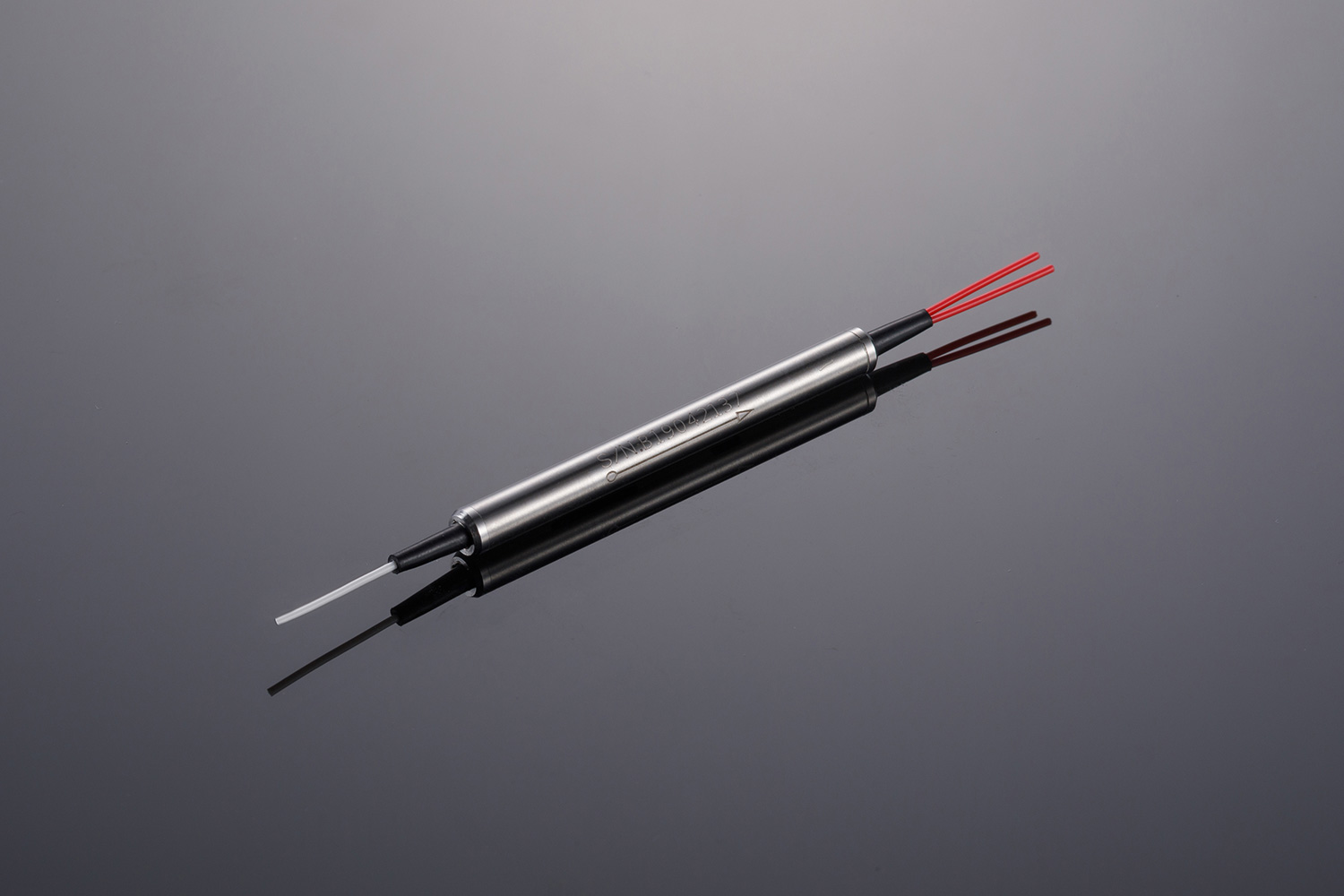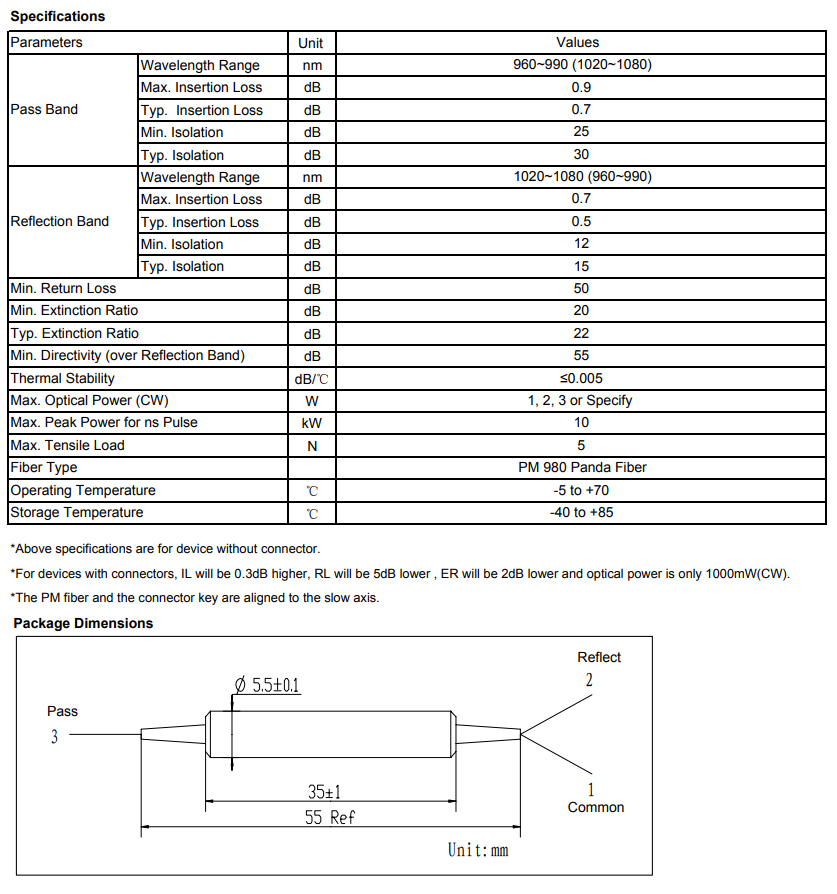
In today’s digital age, the demand for faster and more efficient data transmission has never been greater. This is where Wavelength Division Multiplexing (WDM) comes into play. wdm multiplexing allows multiple signals to be transmitted simultaneously over a single optical fiber by utilizing different wavelengths of light.
The Power of WDM Multiplexing

With WDM multiplexing, data can be transmitted at incredibly high speeds, revolutionizing the way we communicate and access information. By using different colors of light to represent different streams of data, multiple channels can coexist on a single fiber optic cable without interfering with each other.
This technology has significantly increased the capacity and efficiency of data transmission networks. It enables service providers to meet the ever-growing demands for bandwidth while reducing costs associated with laying additional cables.
Fiber Optic Coupling: Enabling Seamless Connections
A crucial component in implementing WDM multiplexing is fiber optic coupling. Fiber optic couplers are devices that allow signals from multiple fibers to be combined or split into separate paths. They ensure seamless connections between various components within an optical network.
By efficiently coupling fibers together, these devices enable smooth signal transmission across long distances without significant loss or degradation in quality. Fiber optic coupling plays a vital role in maintaining the integrity and reliability of WDM multiplexed systems.
Optizone Technology: Enhancing Performance
An emerging advancement in the field of WDM multiplexing is Optizone Technology. This innovative approach optimizes wavelength allocation within a given spectrum range, maximizing system performance and minimizing crosstalk between channels.
Optizone Technology utilizes advanced algorithms to dynamically allocate wavelengths based on real-time network conditions. This ensures efficient utilization of available resources, resulting in improved data transmission speeds and reduced signal interference.
Conclusion
WDM multiplexing, coupled with fiber optic coupling and advancements like Optizone Technology, has revolutionized the way we transmit and receive data. It enables faster communication, higher bandwidth capacity, and more reliable connections.
This technology has not only transformed the telecommunications industry but also paved the way for numerous scientific breakthroughs by facilitating seamless data exchange between research institutions worldwide. As we continue to rely on digital connectivity for various aspects of our lives, WDM multiplexing remains at the forefront of enabling a connected future.

